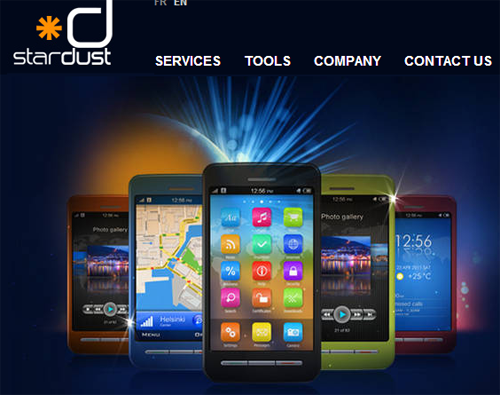The majority of mobile phone applications have never been updated and have received very little interest according to a new study. The figures also suggest that if an app doesn’t make it big within a few weeks of release, it’s effectively doomed.
The figures come from StarDust, a company that tests mobile apps to make sure they are compatible with the relevant systems, app stores and hardware. It’s released a report to Venturebeat, but hasn’t published the full details itself.
The report appears to define “dead” applications as those which meet two criteria: they’ve had no updates and they have fewer than 10 reviews on the relevant app store page. By that measure, 69 percent of WindowsPhone Marketplace apps are dead, as are 65 percent of those on Apple and 41 percent of those on the Google Play store.
The lower figure for Google Play is likely because around three times as many Android apps are updated each day as are iOS apps. Venturebeat notes that’s partly because the update review process is more troublesome on iOS, partly because the Google Play charts favor recently-updated apps, and partly because the variety of Android software editions and customizations may increase the need for frequent updates.
In individual cases, of course, a lack of updates doesn’t necessarily mean an app has failed — if an app is well designed and performs a simple task, it might not need updates. But on this wide a scale it’s likely that many, if not most, are cases where the developer has concluded there’s too little interest in the app to make it worth putting any more effort in.
The report also notes that on average a Windows Phone app gets 80 percent of all its reviews within 13 days of public release, compared with 16 days on Android and 18 days on iOS. Although the report suggests that likely mirrors the pattern of downloads, the figures could also be distorted by developers adding bogus reviews early on in the hope of making an app look popular.
There’s also an unintentional piece of insight from the report. StarDust notes 617,436 apps in the Apple Store and 484,271 on Google Play. That compares with official claims (and unofficial estimates) of around a million in both cases. VentureBeat speculates the difference is the number of apps that have been published at some point but are no longer available, for example because they weren’t updated to new editions of operating systems.
If that’s the case, then across the two systems, less than one in five apps that have ever been released are still available and have received at least one update.

